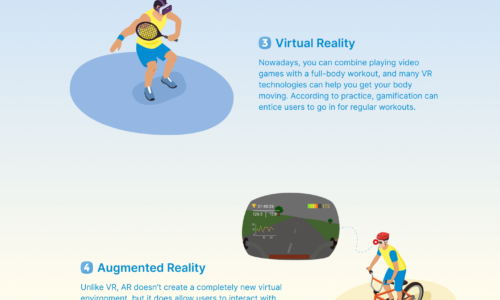The global automotive head-up display systems market is estimated to value US$ 491.6 Mn in 2016 and is projected to register a CAGR of over 24% in terms of value during the forecast period 2017–2026. Automotive head-up display (HUD) system is an electronic system that projects information either onto the windshield of a vehicle or a small transparent screen called a combiner. These systems were initially developed for the aviation sector, but have made their way into various other sectors, including the automotive sector, besides others.
Global Automotive Head-Up Display Systems Market: Segmental Snapshot
Analysis by Type: Among both the HUD systems type segments, Windshield segment is expected to account for more than 50% of revenue share in 2017.
Analysis by sales channel: The OEM segment is expected to account for major share of more than 60% in terms of revenue in the global market.
Analysis by application: On the basis of application, the market is segmented into three segments. The luxury cars/premium cars segment is expected to account for higher share in terms of application.
Analysis by region: North America market is expected to account for major revenue share than that of other regional markets in the global market, and is expected to register a CAGR of over 25% during the forecast period.
Global Automotive Head-Up Display Systems Market: Competitive Analysis
Some major players operating in the global automotive head-up display systems market include Nippon Seiki Co., Ltd., Continental AG, DENSO CORPORATION, Delphi Automotive LLP., LG Display Co., Ltd., Panasonic Corporation, MicroVision, Inc., Yazaki Corporation, Visteon Corporation, and Kyocera International, Inc. – Display Division.

Source of Infographics: Automotive Head-Up Display Systems Market Infographics by MarketResearch
![]()








